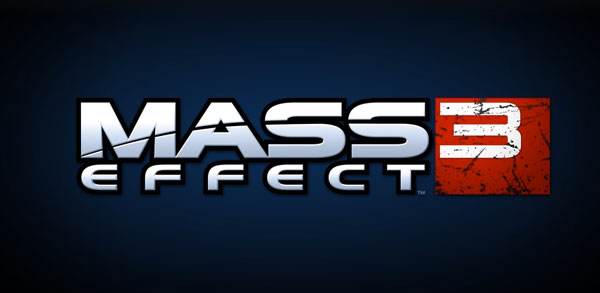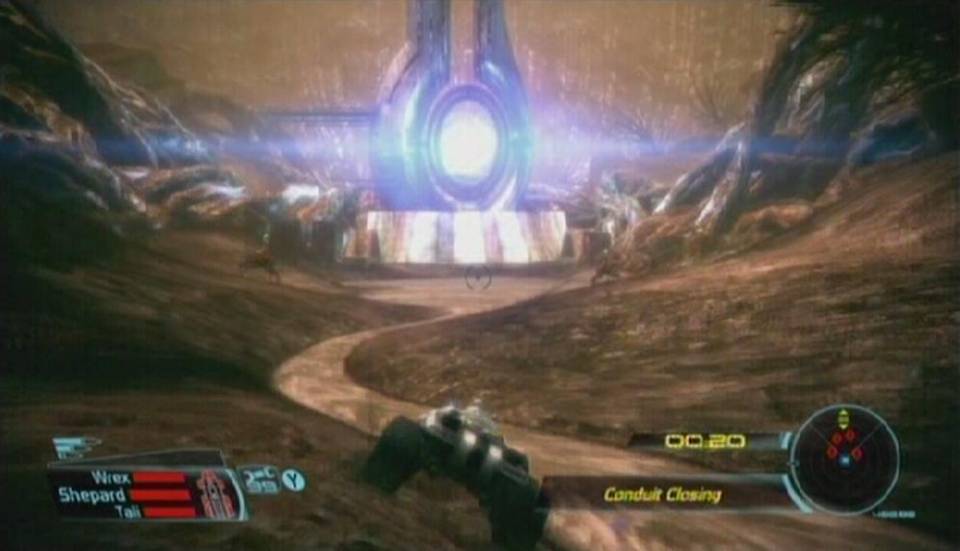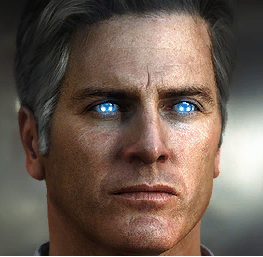Design Perspective on Mass Effect 3 Ending (Spoilers)
By Beb 4 Comments
In the time since launch there has been a lot of discussion about the way Mass Effect 3 ends from a narrative perspective, but from what I have seen, not a lot of discussion about the game design around the ending (or the game design in general). Since I'm currently caught in the loving grasp of ME3's multiplayer, I have been thinking about the game daily, and wanted to put out some thoughts on the ending from this perspective.
Below are end game spoilers for all Mass Effect games!

The first piece I want to mention is the run towards the conduit.
In a direct callback to the end of the original Mass Effect, Shepard is tasked with trying to make it through a conduit to the Citadel under great duress. I thought this was a great moment, that was well executed. In the first game, we are barreling towards the conduit in the Mako, hot on Saren's tail. In that sequence the pressure comes so much from any threat of death, but from the countdown until the conduit closes forever. The experience the player ends up having is a seat-of-their-pants sprint towards a goal, with a need to go faster, and damn the consequences. In fact, once we make it through, the Mako is destroyed and cast off. We know we won't be needing it again.
When we are racing towards the conduit in Mass Effect 3, the callback gives veteran players a sense of coming full circle. We know from prior experience that the end is near, and it is time to go all-out. What is great about this moment is that, this time, there is no explicit counter. The pressure comes from the fact that we are not in the Mako, but on foot, with allies being disintegrated and blown up left and right. The sense of danger is very high - especially for those players that remember the first game. We aren't in a tank this time. We are exposed and vulnerable. And Harbinger is coming.
This vulnerability is immediately exploited when Harbinger arrives and rains down hot red death on Shepard. The sequence afterward, where we limp along with our pistol prepares us for what is to come. This time even Shepard isn't going to be awesome enough to get out unscathed. Things are about to get messy.

The next interesting piece is the conversation with The Illusive Man (TIM). This is another callback to the ending of the first game, this time to the conversation with Saren. While this section seems fine to me on its own, I feel that it doesn't gel very well with the final decision. For now let me just say that I enjoyed confronting TIM, and that I could resolve that conversation the same way I did with Saren. More symmetry to bring things full circle.

The next interesting piece is the conversation with The Illusive Man (TIM). This is another callback to the ending of the first game, this time to the conversation with Saren. While this section seems fine to me on its own, I feel that it doesn't gel very well with the final decision. For now let me just say that while I enjoyed confronting TIM, and that I could resolve that conversation the same way I did with Saren. More symmetry to bring things full circle.
The last and most controversial piece of design is the final choice. The way this seems to work is that a higher war effort rating will not only unlock more options here (up to three) as well as make the outcomes of those decisions more successful. While people have criticized the ending choice railroading the player and only allowing them to basically 'pick a color' I have an entirely different bone to pick here.
For one, how the readiness rating works feels detached and artificial. It would be one thing if the rating represented only the completion of the Catalyst device, but the bulk of that score has to do with ships and troops that have nothing to do with the final choice. In contrast, the ending of Mass Effect 2 and the outcome of the suicide mission felt very grounded in the decisions, upgrades and loyalty you had worked on up until that point. We got to see our upgrades saving lives, or our squad holding the line (or not). With Mass Effect 3, we just build up a score that gates later content in an artificial way, akin to beating a game under a certain playtime or inputting a certain name for your character. The player has to go online and look up score thresholds to understand how they are being rewarded or penalized for their readiness, and that undermines the sense of player agency in the ending.
Score locked in, the player is given a set of (at best) three paths to take. I think the way these are presented is the biggest mistake in the ending design. The Catalyst explains that we can Destroy, Control, or Fuse with the Reapers, and we are treated to views of the paths that correspond to each.
Now, making a choice between Control or Destroy was something I was expecting going in to the ending. As I played through the conversation with TIM, I expected it was there that I would have the option to join himand try the control option. The whole game has been a fight against Cerberus and their attempts to control the Reapers at any cost. In that conversation, as a Paragon, I rejected TIM and his plans. I was certain that any control attempt would be a bad guy ending, and TIMs words and actions reinforce that. But when the Catalyst shows us the three paths, something funny happens...
The Destroy option is shown first, with a spectral Anderson blowing up a panel. Anderson has been presented for the entire series as a the Good Guy, the surrogate father figure. The Paragon. He definitely wants to destory the Reapers. But his path is to the right, and highlighted in red, which are both things associated with Renegade actions. This confused me a little at first, until I realized that the Destroy option would also mean genocide on the Geth, who were not only peaceful, but my allies along with the Quarians. Since I had played through the series constantly making Paragon decisions and saving the Geth, Quarians, Krogan and even Rachni from genocide, this option was unappealing.
The next option is Control, shown with a spectral TIM in blue, on the left. This again is confusing, because siding with TIM or Cerebus has ALWAYS been a Renegade action. In fact, not two minutes before I thought I had taken repeated and explicit Paragon choices to reject TIM and his plan. Shepard remarks that "Huh...TIM was right all along...." which was jarring and too hard to swallow. But there is a third choice...
Synthesis, the middle, green path, only opens up with the higher readiness ratings. From a game design perspective, this suggests it is the most rewarding, since it is most difficult to obtain. I had intended to destroy the Reapers for the whole game, and was sure I didn't want to control them, but now I was confused. The control and destroy options that I had expected had been inverted in ways that made both of them feel unacceptable, and so I felt pushed towards the third choice. Between the way the choices are presented, and how they are unlocked, it seems that the designers really wanted to encourage players to take that middle path and intended for it to be the 'best' ending.
Unfortunately, what this path means, or what the consequences are is extremely vague and unsatisfying. We can't ask the Catalyst for more details, and are forced to make what is arguably the biggest and most profound decision in the series with very little information to go on. For me, this meant that I sat dumbfounded as the credits began to roll. Narrative shortcomings of the ending aside, I didn't have a strong sense of player agency in that final moment, nor ownership of the outcome.
